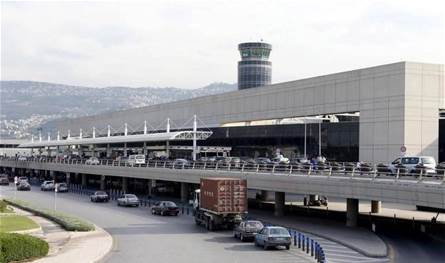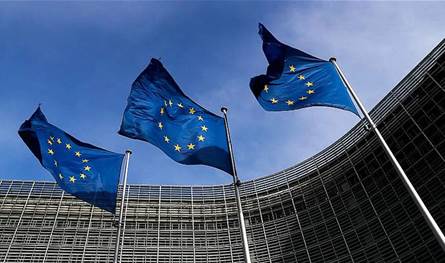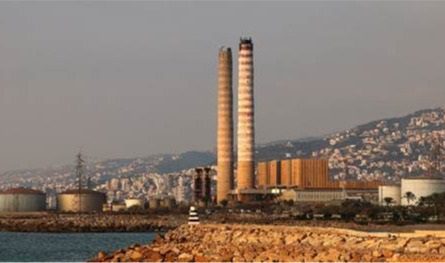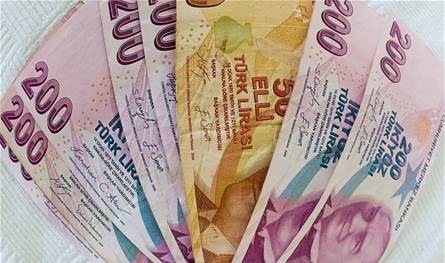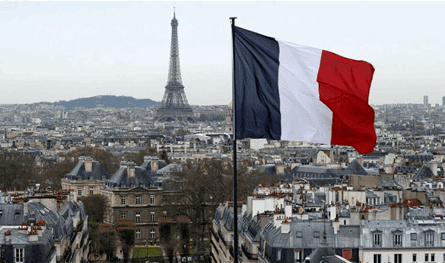A black reality that weighs the lives of the Lebanese … the poverty ratio to a continuous rise!
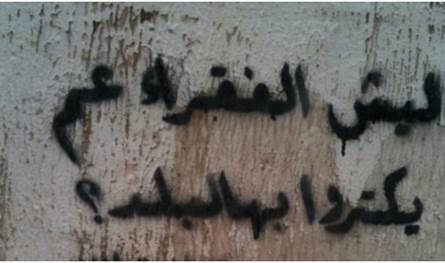
The summer of 2025 was harsh to the Lebanese, as it revealed the exacerbation of the poverty crisis that strikes the country. After years of grinding economic crisis, poverty is no longer limited to the marginalized classes, but rather threatens the survival of the middle class that was the pillar of the Lebanese economy.
According to international reports, the poverty rate in Lebanon has increased unprecedented. According to the data of the World Bank, the poverty rate has multiplied three times during the last decade, which means that one in three Lebanese has become under the poverty line. This catastrophic number is not just a statistic, but rather a tangible reality experienced by thousands of families that have lost the ability to secure the simplest elements of life.
The Lebanese lira lost about 95% of its value, and eroded the savings of depositors in banks, which destroyed the purchasing power of citizens. The result was clear in the streets of Lebanon, where the number of beggars increased, and human organs trade spread, and obtaining clean drinking water and electricity became a daily challenge.
The recent Israeli war also exacerbated this reality, to create a loss of about 14 billion US dollars, according to World Bank’s estimates.
Reports revealed that about 1.17 million people, between Lebanese and Syrian and Palestinian refugees, suffer from a severe lack of food security during the period between Nissan and June 2025, at a time when warnings are escalating of malnutrition that threatens children in the areas of Bekaa and Baalbek, where families are unable to provide sufficient meals.
However, the Minister of Social Affairs, Hanin Al -Sayed, estimated the percentage of poverty among the Lebanese by 40 to 45%, to rise to 60% with the refugees, and stressed that the ministry is working to update the numbers within the “zero poverty” strategy.
Its most prominent programs are “Aman”, which provides cash support for about 800,000 citizens through a transparent electronic system, with a focus on economic empowerment through vocational training, financing of small projects, and encouraging women to work.
According to a press interview with the master, she indicated that the ministry pays attention to people with special needs, and is seeking to cooperate with the United Arab Emirates to enhance support and digital transformation. Despite the depth of the crisis, it is betting on practical steps that combine immediate aid and enabling society to counter poverty.
Despite the aesthetic of speech and promises, the lesson remains in implementation. This is not the first time that government programs have been proven to fail, for several reasons, the most prominent of which is the limited financing and administrative and political obstacles.
Since 2019, the value of the Lebanese lira has collapsed, which led to unprecedented inflation in basic commodity prices. As purchasing power decreased, many families were forced to radically change their lifestyles.
In light of the continuous economic shrinkage, job opportunities have shrunk and commercial and industrial institutions were closed, and unemployment increased, especially in the informal and agricultural sectors. In addition, security tensions and regional conflicts cast a heavy shadow over Lebanon, through the failure of production, the decline in investments, and the displacement of some families internally.
The direct results of this crisis are clearly evident in people’s daily lives. Many families are satisfied with one or two meters a day, and often of less quality quality. In the health sector, reports indicate that increasing numbers of Lebanese are postponing their medical advice or completely dispensed with them due to their costs, while the demand for medicines and treatments declined.
In the field of education, for example, children suffer from school interruption due to the cost of transportation or installments, and some of them even have had to leave the study in order to work and help support their families.
This economic and social deterioration began to be reflected in the societal fabric, as small crime rates have increased, the feeling of injustice and marginalization increased, which threatens more tensions if urgent measures are not taken and reaching multi -level responses.
The numbers are no longer what matters when we talk about poverty in Lebanon, but rather the black reality that weighs the lives of people, threatens the future of children, and pressures the structure of society. Are officials heading towards bold policies that change this path, before poverty becomes an inevitable destiny?
The post A black reality that weighs the lives of the Lebanese … the poverty ratio to a continuous rise! appeared first on 961 tobay Lebanon today.




